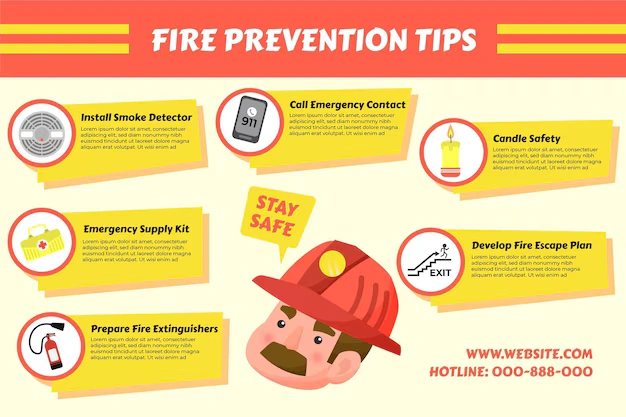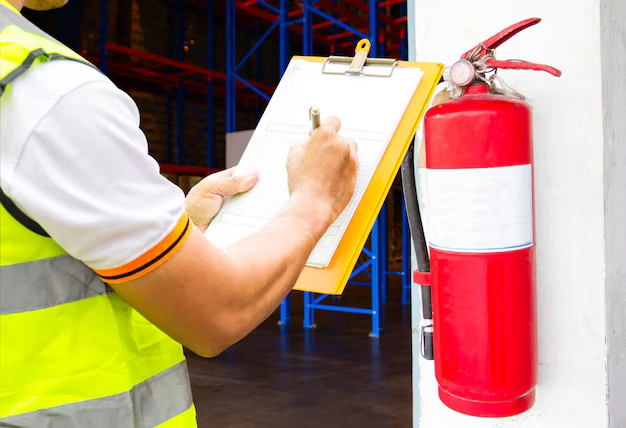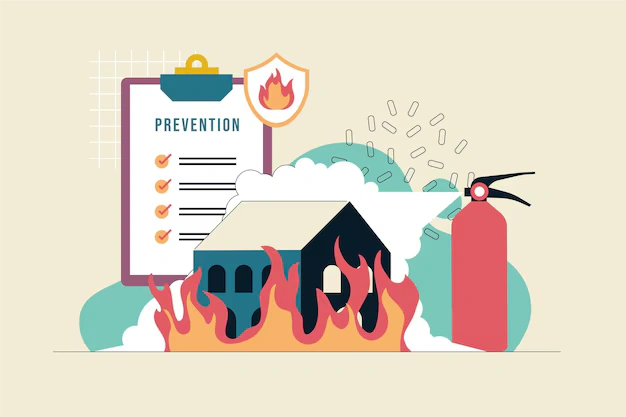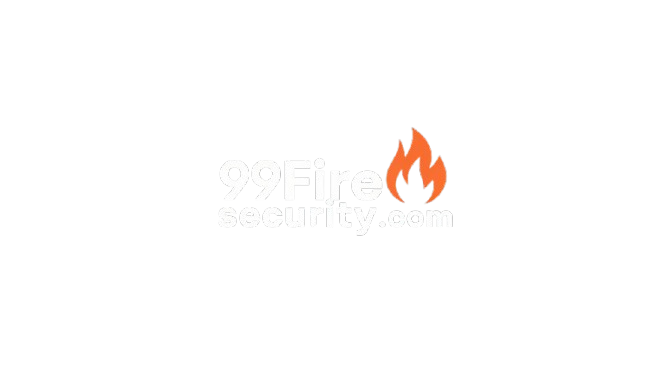Introduction
According to the National Fire Protection Association (NFPA), almost 1.3 million fires were mentioned in the United States in 2020.
Understanding the simple steps of hearth safety and having a properly-prepared emergency reaction plan can store lives and prevent injuries. This guide offers an overview of what to do before, at some stage in, and after a hearth emergency to ensure that people, businesses, and households are correctly prepared.

1. Fire Prevention and Preparedness
Regular Inspections and Maintenance
A proactive technique to fireplace safety starts with everyday inspections and protection of equipment. Ensure that fireplace alarms, sprinklers, smoke detectors, and emergency exits are regularly checked and maintained to make sure they function properly in case of an emergency.
• Electrical Equipment Check electrical wiring and home equipment to prevent capacity hearth dangers together with overheating or defective wiring.
• Fire Extinguishers: Ensure fire extinguishers are without difficulty available and are frequently serviced. Make sure that the proper sort of extinguisher is to be had for unique varieties of fires (e.G., grease fires, electrical fires).
• Smoke Detectors: Test smoke detectors monthly and trade batteries frequently. If a smoke detector malfunctions, it ought to get replaced at once.
2. during a Fire Emergency: Immediate Actions
1. Sound the Alarm
The first element to do in case of a fire is to alert all of us to the threat. Activate the closest fire alarm and phone emergency offerings at once (911 or neighborhood fireplace department range). Provide clear and concise facts about the location and size of the fireplace to make sure a timely reaction.
2. Evacuate the Building
Evacuation should be speedy, calm, and prepared. Follow these steps:
• Use the Nearest Exit: Always use the closest go out or fireplace gets away. Avoid using elevators all through a fireplace as they will end up inoperable or malfunction.
• Stay Low to the Ground: If smoke fills the room, live low to the ground in which the air is clearer. Cover your nostril and mouth with a material to avoid inhaling smoke.
• Do Not Open Hot Doors: Before commencing a door, sense it with the again of your hand. If it’s far warm, do no longer open it. Instead, use any other route to get away.
3. Assist Vulnerable Individuals
If there are elderly, disabled, or injured individuals, assist them in evacuating the constructing. Assign unique people to assist these people in advance, making sure their protection is prioritized.
4. Do Not Re-enter the Building
Once you have safely evacuated, do not re-enter the constructing for any cause until it is declared safe by emergency responders. Even if the fireplace appears to be contained, conditions within the constructing might also still be risky.
3. Fire Extinguisher Use: When and How
Choosing the Right Fire Extinguisher
Not all fires may be tackled with the identical kind of extinguisher. There are specific hearth extinguisher instructions for numerous varieties of fires.
Using a Fire Extinguisher: The PASS Method
To well use a fire extinguisher, don’t forget the acronym PASS:
• Pull the pin: This breaks the seal and allows you to function the extinguisher.
• Aim the nozzle: Aim at the base of the fire, no longer the flames, to efficaciously extinguish it.
• Squeeze the deal with: Apply corporation stress to launch the hearth-suppressing agent.
• Sweep backward and forward: Move the nozzle from side to side across the bottom of the fire until it is extinguished.
Know When to Stop Using the Extinguisher
If the fireplace does no longer exist without delay or spreads hastily, stop seeking to extinguish it. Evacuate the building and get in touch with emergency services. Your safety is the priority.
4. Post-Evacuation: After the Fire
1. Account for Everyone
Once outside, conduct a roll call or headcount to make certain that everyone has evacuated accurately. Report any missing individuals to emergency responders right now. Never try to re-enter the building to search for someone.
2. Wait for Official Clearance
Stay on the designated meeting point and await the authorities to give the all-clear sign. Do now not re-input the constructing until emergency employees claim it safe. Building systems can be weakened by way of fireplace, and there will be hidden risks like smoke or poisonous gases.

3. Report Property Damage
Once its miles secure to do so, examine any damage as a result of the fireplace and document it on your insurance corporation. If you are in a business or business constructing, it’s miles vital to report damages without delay to begin recovery processes.
4. Investigate and Learn
After the fire emergency is over, a review must be conducted to evaluate the incident and understand what took place. This ought to consist of an evaluation of the evacuation method, the effectiveness of hearth protection measures, and any difficulties that had been encountered.
• Evaluate Evacuation Procedures: Did everybody observe the evacuation plan? Were any routes blocked or hard to navigate? This evaluation will assist improve destiny emergency preparedness.
• Investigate the Cause of the Fire: Fire departments commonly behavior an research to determine the hearth’s because. Understanding this may help save you similar incidents inside the destiny.
5. Fire Safety Tips for Different Environments
For Businesses and Offices
• Ensure clean and handy evacuation routes for employees and site visitors.
• Install hearth alarms and sprinklers during the constructing.
• Conduct ordinary hearth drills and protection training sessions for all personnel.
• Keep fireplace exits free of obstructions.

For Homes
• Install smoke detectors in every room and test them monthly.
• Keep fireplace extinguishers in the kitchen and close to fireplaces.
• Have a own family emergency plan that includes a delegated assembly location outside the house.
• Practice hearth drills with all family members to familiarize them with the evacuation process.
Conclusion
Fire emergencies can arise without warning, however being organized can make a large difference. Knowing what to do earlier than, all through. After a hearth can save lives and reduce damage to property. Regular hearth safety schooling, proper equipment upkeep and clear evacuation plans are essential for ensuring protection. Everyone should be acquainted with hearth protection techniques. as well timed responses can imply the difference among lifestyles and demise. Always prioritize protection, stay calm, and evacuate in an orderly fashion at some stage in a hearth emergency.
FAQs
1. What have to I do if I hear a fire alarm?
Immediately evacuate the building the usage of the nearest exit, keep away from elevators, and live low to the ground if there may be smoke.
2. How can I prevent a hearth from beginning in my home?
Regularly take a look at electric systems, keep smoke detectors, save flammable substances safely, and preserve the kitchen smooth.
3. How regularly ought to I practice hearth drills?
Fire drills ought to be practiced often, as a minimum once every six months for businesses and yearly for families.
4. What ought to I do if I can’t get away all through a fireplace?
If you are trapped, near the door and seal any cracks with clothing to save you smoke from coming into. Call emergency offerings and inform them of your vicinity.
5. Can I combat a hearth on my own?
Only try to combat a hearth if it is small and contained. Always use the precise fire extinguisher and ensure the fireplace does now not unfold. If the hearth is massive or out of control, evacuate right away.


